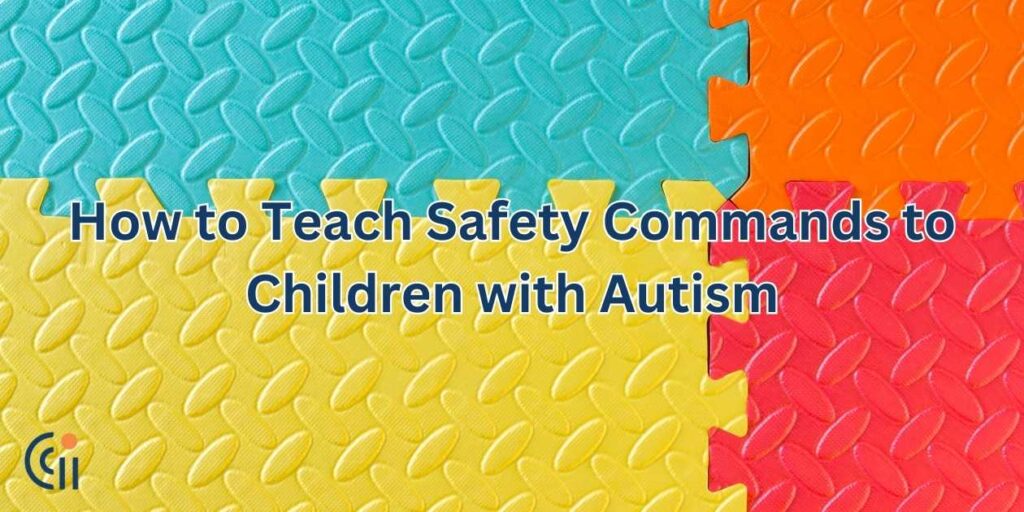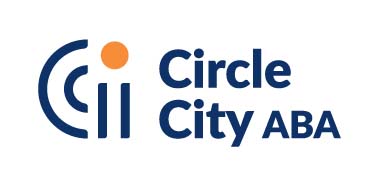
Keeping a child safe is always a parent’s top priority. But for parents of children with autism, safety can come with extra challenges. Some children may not understand danger or may wander from safe spaces. Others may have trouble following directions or reacting quickly during an emergency.
In this post, we’ll walk through clear, helpful tips to support your child’s safety every day. You’ll also find guidance on teaching safety commands and instructions that work for children with autism.
Why Safety Instructions Matter for Autism
Many children with autism process information differently. They might not respond quickly to danger or may not understand why a rule exists. For example, if a caregiver says, “Stop!” when a child runs into the street, the child may not understand that “stop” means to freeze right away.
This is why safety instructions for autism need to be clear, repeated often, and practiced in a calm setting.
Real-life example:
If your child loves water, they might try to jump into a pool without understanding the risk. Practicing the safety command “wait” near water could help prevent accidents.
Teach Safety Commands Early and Often
Safety commands are short, easy-to-understand phrases that help children respond in unsafe situations. Some examples include:
-
“Stop”
-
“Wait”
-
“Come here”
-
“No”
-
“Help”
Use these words in everyday settings, not just during emergencies. For example, you can say “wait” before opening the front door or “stop” before crossing the street.
Tips for teaching safety commands:
-
Use simple, clear language.
-
Practice commands when your child is calm.
-
Praise them when they respond correctly.
-
Use visuals or pictures to support learning.
According to the National Autism Association, wandering or elopement affects nearly half of children with autism. Teaching commands like “stop” and “come back” could be life-saving tools. (Source)
Use Visual Aids to Support Safety Instructions
Children with autism often respond well to visuals. You can use pictures, signs, or drawings to show what you expect.
Create a visual safety chart for your home. Use pictures to show rules like:
-
Don’t open the door without a parent.
-
Stay close in the parking lot.
-
Hold hands near a street.
Place the chart where your child can see it every day. Review it together each morning. This helps them remember rules even when routines change.
Make Your Home a Safer Space
Your home should be a safe place for your child to explore. Here are a few safety tips that work well for families of children with autism:
-
Install locks high on doors to prevent wandering.
-
Use door and window alarms.
-
Keep sharp or dangerous items out of reach.
-
Use childproof covers for outlets and knobs.
Also, consider creating a “safe space” where your child can go when overwhelmed. Fill it with soft items, calming lights, and their favorite toys. This space helps reduce anxiety and lower the chance of unsafe behavior.
Practice Safety in the Community
Going into the community—like the park, a store, or a busy street—brings new challenges. It’s important to set clear expectations and stay prepared.
Before leaving the house:
-
Review safety rules with your child.
-
Pack ID cards or wearable tags with your contact info.
-
Use a harness or stroller if needed for safety.
In public places:
-
Hold hands or use a wrist link.
-
Stay close and use frequent verbal cues.
-
Praise your child for staying with you.
You can also create a simple “social story” with pictures showing how to act in public. These stories help children understand what will happen and how they should respond.
ABA Therapy Can Help with Safety Skills
Applied Behavior Analysis (ABA) therapy is a proven way to teach safety instructions to children with autism. Therapists break down tasks into small steps, repeat them often, and reward progress. This helps children learn safety skills in a way that sticks.
At Circle City ABA, our team builds custom therapy plans that include real-life safety goals. We use play-based learning to help your child stay safe at home and in the community.
Contact Circle City ABA to Start Services
If you’re ready to help your child learn safety skills and grow in confidence, we’re here for you.
Contact our admissions team for more information on our services and how we can support you and your child. Find a location near you! We serve Arizona, Georgia, Indiana, Iowa, and Nebraska.
Your child deserves a safe, happy life—and we’re here to support every step of the way.
Sources:
-
National Autism Association – https://nationalautismassociation.org
-
Autism Speaks – Safety Resources – https://www.autismspeaks.org/safety
Disclaimer: All blog posts are intended for informational purposes only and should not be considered medical advice. For professional medical advice, diagnosis, or treatment, please consult a qualified healthcare provider.


